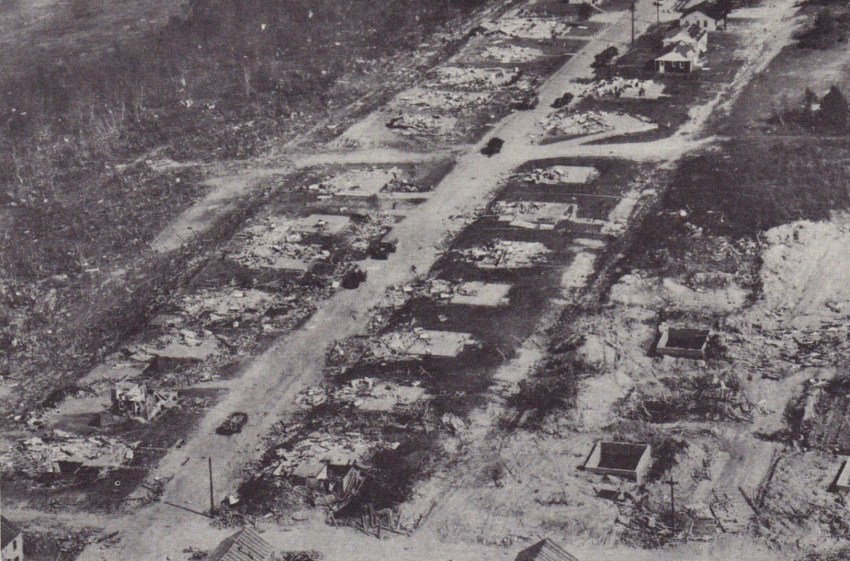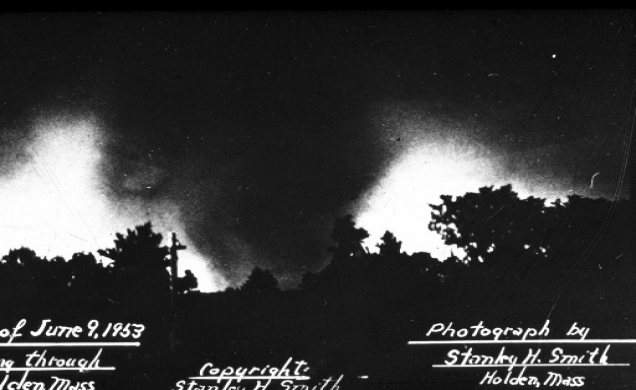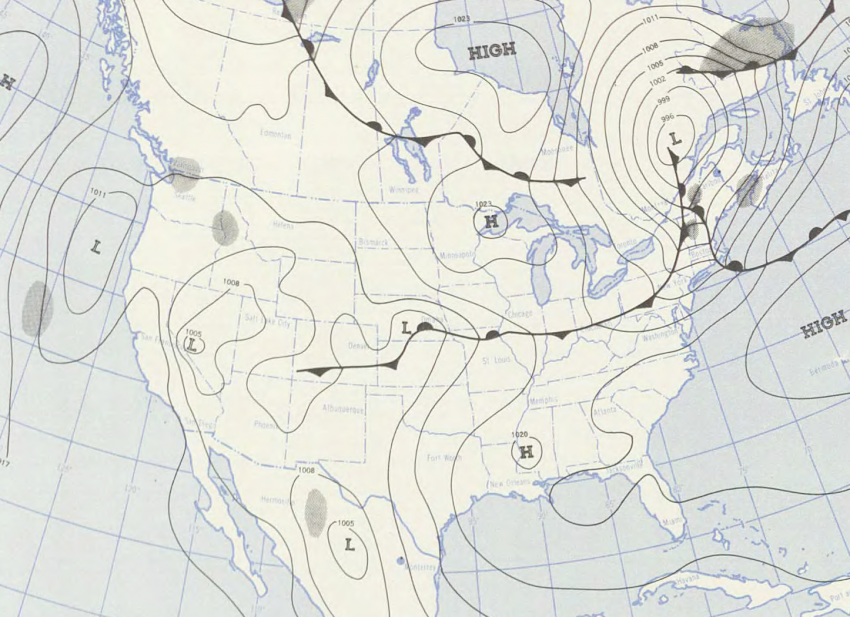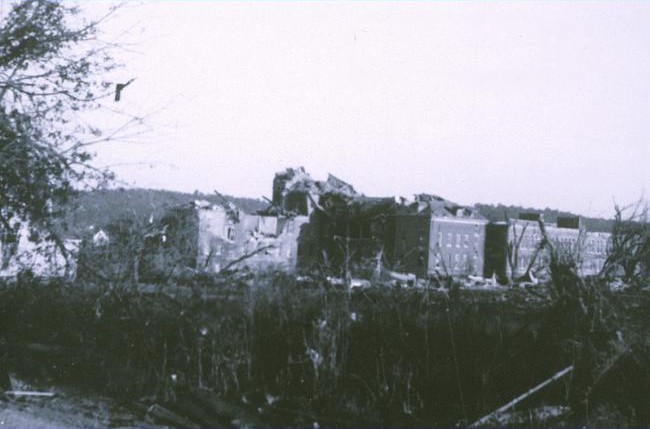MORECAST takes a look at some ingredients needed for tornadoes to occur in New England and an in depth look at the 64th Anniversary of the Worcester Tornado.
New England is known for having wicked Nor’easters and cold temperatures. However, the area is susceptible to severe thunderstorms capable of producing tornadoes. On June 9th, 1953, the strongest and deadliest tornado ever recorded in New England was observed in Worcester, Massachusetts. A brief explanation of what environment conditions needed for these storms to occur will be talked about.
Airmass
One atmospheric feature linked to Northeast tornadoes is called the Elevated Mix Layer. From spring into summer, warm and dry air near the surface descends off the mountains of the southwestern US. A layer of well mixed air, the EML, forms up to roughly 18,000 feet. Usually, a lot of stability is found near the surface. Later in the day, a combination of moisture building up near the surface and energy building from rising air helps make the atmosphere become unstable. When the EML plume forms, it gets transported into the Plains and Northeast when a ridge of high pressure builds over the Mississippi River Valley.
Worcester Tornado
On June 9th 1953, a severe weather outbreak took place across New England. The surface map below shows the setup of a warm front moving through that morning. This allowed for a moist unstable airmass to settle in. Supercell storms would fire later in the day, ahead of the cold front.
In 1953, tornado and severe thunderstorm warnings were implemented into policy. Meteorologists at the Boston National Weather Service Office saw a tornado threat that day. A thunderstorm watch, instead of a tornado watch was issued as they wanted less panic from the general public. A severe storm produced a tornado at 4:25PM to the west of Worcester. The tornado raced to the east and entered the city around 5 PM. At times, the tornado was estimated to have been up to 1 mile in width. The storm struck the city with little to no warning, leaving many unprepared for taking shelter. The storm did not end in the city, as it continued east till dissipating over Framingham.

(Image taken by the Worcester Telegram)
In the end, 94 people were killed from the tornado. The storm resulted in over 52 million dollars in damage and over 10,000 people homeless. The tornado had a rating of a F5 at the time, but was later revised to a EF4 with the new rating scale. Winds were estimated to have ranged between 207-260 mph (June 9, 1953, Worcester, Massachusetts F4 Tornado; 2017).
Sources:
Peter C. Banacos and Michael L. Ekster; The Association of the Elevated Mixed Layer with Significant Severe Weather Events in the Northeastern United States; 9th October 2009:<http://journals.ametsoc.org/doi/pdf/10.1175/2010WAF2222363.1>.
June 9, 1953, Worcester, Massachusetts F4 Tornado; MyWARN; 2017:<http://www.mywarn.com/?p=1924>


